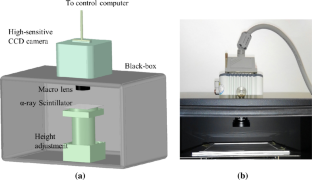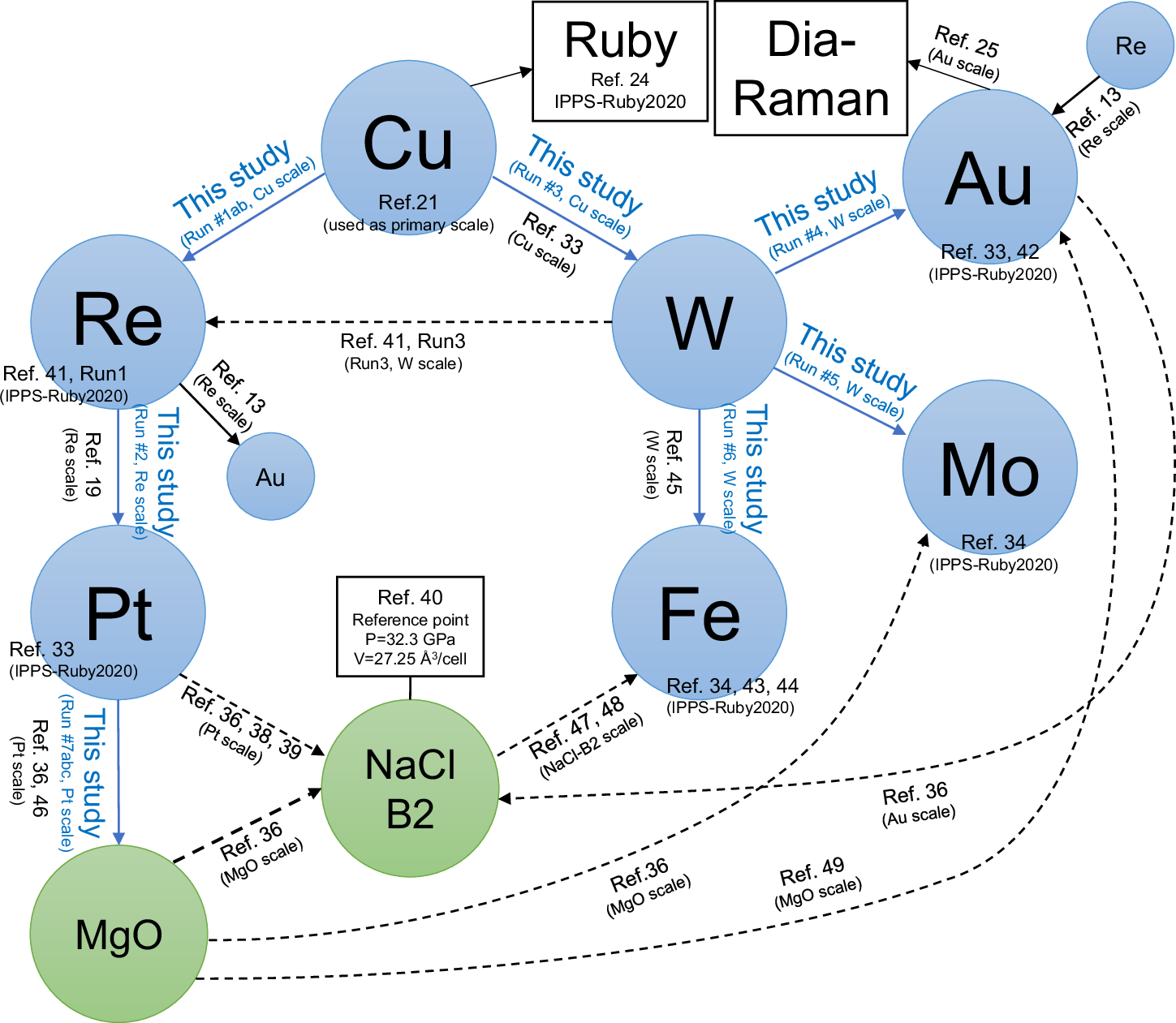2025-04-18 東京科学大学
<関連情報>
- https://www.isct.ac.jp/ja/news/jlvjl9tvyqjv
- https://www.isct.ac.jp/plugins/cms/component_download_file.php?type=2&pageId=&contentsId=1&contentsDataId=1318&prevId=&key=798b109596ef8732ac4c7ed069fd0302.pdf
- https://pubs.acs.org/doi/10.1021/jacs.5c00904
可変多環芳香族カプセルによるパーフルオロアレーン/アルカンの識別 Discrimination of Perfluorinated Arenes/Alkanes by Modulable Polyaromatic Capsules
Urara Kai,Ryuki Sumida,Yuya Tanaka,Michito Yoshizawa
Journal of the American Chemical Society Published March 18, 2025
DOI:https://doi.org/10.1021/jacs.5c00904
Abstract

Efficient and selective binding of perfluorocarbons (PFCs), comprising only fluorine and carbon atoms, unlike hydrocarbons, remains quite difficult owing to the repulsive nature of fluorine. Here we describe that a cavity modulation strategy enables metal-linked polyaromatic capsules to quantitatively bind PFCs with excellent selectivity. From a mixture of perfluoroarene and the corresponding perfluoroalkane (i.e., perfluoronaphthalene and perfluorodecalin), a Pt(II)-linked capsule exclusively binds the arenes in water at room temperature, via effective D-A-A-D π-stacking interactions. The size-selective binding toward perfluoroarenes (i.e., perfluoronaphthalene and perfluorobenzene) is improved by using the analogous N-doped capsule from 85% to quantitative selectivity. Furthermore, unlike the Pt(II)-capsule, an isostructural Pd(II)-linked capsule displays the unusual length/shape-selective binding of linear/cyclic perfluoroalkanes (i.e., perfluoroheptane and perfluorodecalin) under similar conditions. Recognition of substituted hydrogen atoms on perfluorobiphenyl can also be accomplished using the Pt(II)-capsule. Various PFCs are thus clearly distinguished for the first time by the modulable polyaromatic capsules under ambient aqueous conditions.



